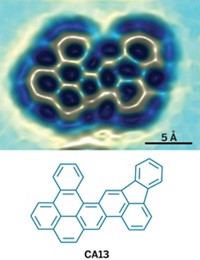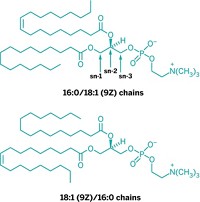Advertisement
Grab your lab coat. Let's get started
Welcome!
Welcome!
Create an account below to get 6 C&EN articles per month, receive newsletters and more - all free.
It seems this is your first time logging in online. Please enter the following information to continue.
As an ACS member you automatically get access to this site. All we need is few more details to create your reading experience.
Not you? Sign in with a different account.
Not you? Sign in with a different account.
ERROR 1
ERROR 1
ERROR 2
ERROR 2
ERROR 2
ERROR 2
ERROR 2
Password and Confirm password must match.
If you have an ACS member number, please enter it here so we can link this account to your membership. (optional)
ERROR 2
ACS values your privacy. By submitting your information, you are gaining access to C&EN and subscribing to our weekly newsletter. We use the information you provide to make your reading experience better, and we will never sell your data to third party members.
Analytical Chemistry
Crude Oil's Polar Portion Yields To MS
May 26, 2008
| A version of this story appeared in
Volume 86, Issue 21
A new method makes it easier to analyze asphaltenes, mostly aromatic compounds that make up the heaviest and most polar fraction of crude oil. As oil prices rise, asphaltenes are becoming increasingly important because of their high concentration in heavy oils and tar sands. Laser desorption ionization mass spectrometry usually works well for polar molecules, but the method has given widely varying molecular weight distributions for asphaltenes. Now, Andrew E. Pomerantz of Schlumberger-Doll Research in Cambridge, Mass., Richard N. Zare of Stanford University, and coworkers report that two-step laser MS, in which the desorption and ionization steps are spatially and temporally separated, resolves these problems. The researchers use infrared pulses from a CO2 laser to desorb neutral species from the sample and then use ultraviolet laser pulses to ionize these desorbed species (J. Am. Chem. Soc., DOI: 10.1021/ja801927v). Unlike laser desorption ionization, the two-step process prevents asphaltene aggregation. The researchers' results show that the asphaltene mass spectrum has a broad maximum near 600 dalton and extends to more than 1,000 Da.





Join the conversation
Contact the reporter
Submit a Letter to the Editor for publication
Engage with us on Twitter